How to Spend a Weekend in Savannah, Georgia | Itinerary and Travel Guide
On the surface, Savannah is a beautiful city. The streets are lined with old oak trees covered in flowing Spanish moss. The historic district is home to charming Colonial houses and decorated squares every few blocks. The Savannah College of Art and Design also heavily influences the community, filling it with stylish boutiques and art galleries. And while I loved all these aspects, Savannah has a torrid history with slavery, and I found myself having to really dig in order to learn about it.
In this travel guide I'll share some of my favourite things to do in Savannah. It includes some fantastic tours, a trip to the beach, great food and a healthy dose of history for a well-rounded perspective.
GO IF YOU LIKE:
BOUTIQUE SHOPPING | CEMETERIES | SEAFOOD | AMERICAN HISTORY | DESIGN | HAUNTINGS
Weekend Itinerary at a Glance
Day 1 - Friday
Early Evening: Stroll through Forsyth Park
Evening: Dinner at The Grey
Late Evening: Haunted Walk Ghost Tour
Day 2 - Saturday
Early Morning: Breakfast at The Collins Quarter
Morning: Walking Tour of the Bonaventure Cemetery
Early Afternoon: The Owens-Thomas House and Slave Quarters
Afternoon: Lunch at Chive Seafood
Late Afternoon: Downtown shopping
Early Evening: Drinks at Top Deck Bar
Evening: Dinner at the Fitzroy
Day 3 - Sunday
Morning: Breakfast at Fox and Fig
Late Morning: Black-history walking tour
Afternoon: Lunch at The Pie Society
Late Afternoon: Tybee Island
Map of Things to See in Savannah
In my map I’ve included all the restaurants, shops and sights that are in this weekend travel guide.
Expand the legend in my map for a detailed weekend itinerary
My Favorite Things to do in Savannah
Learn some African-American History on a Walking Tour
My favourite experience in Savannah, and I would argue the most enlightening, was my walking tour with historian Karen Wortham of Journey by Faith.
I went on her Indigo Journey Walking Tour through the historic center of Savannah. Karen spent several hours telling us stories about the brutality of slavery and the perseverance of the enslaved people of Savannah.
We learned about the Willie Lynch letter that outlined how owners should breakdown and control their slaves through barbaric methods that would pit them against one another. She also shared stories of courage like the how enslaved people of Savannah raised money and built the First African Baptist Church which later helped in hiding escaped slaves from the underground railway.
An Interesting Fact About the First African Baptist Church
Inside the First African Baptist Church there are diamond patterned holes in the ground. These are called Congolese Cosmogram, an African prayer symbol, and were therefore never questioned during the construction of the church. But in reality they served a dual purpose. They also acted as air holes for hidden enslaved people who escaped through the underground railway.
Karen also showed us an area by River Street, lined with structures that look like large storage rooms. She shared the proof that these spaces were used to hold slaves. Things like the location being right next to where the ships would dock or that archeologists found remains of human deification along the walls. She also pointed out that the stones used in the building are similar to ones from slave holding rooms in Ghana.
This idea didn’t seemed far fetched at all, yet the signs erected by the City of Savannah, just outside this area, state that the space was used to store cotton. It seemed odd that cotton would be stored openly and so close to the water.
We ended the tour at one of Savannah’s most controversial monuments; erected as a memorial to the enslaved Africans who were taken to America. This monument came after a 20-year debate with the city over its design and language.
The original concept was developed by Dr. Abigail Jordan who invested over $100,000 of her personal funds into seeing it come to fruition. Karen told us the original design was a family of enslaved people with chains on their feet. This was too negative for the city who revised the design to the family dressed in modern attire with broken chains at their feet to represent freedom.
In addition to this, the text inscribed on the front was written by Maya Angelou, and the original version was too “graphic” for the city. After much debate, the text remained with the addition of one final line that concludes on a more positive tone. Here’s the text:
“We were stolen, sold and bought together from the African continent. We got on the slave ships together. We lay back to belly in the holds of the slave ships in each others excrement and urine together, sometimes died together, and our lifeless bodies thrown overboard together. Today, we are standing up together, with faith and even some joy.”
I can’t stress how much I loved this tour. Karen is unfiltered, honest and above all, passionate. She got the crowd going with lighthearted banter and then captivated us with personal and moving storytelling.
Karen is also an outspoken activist for the African-American community today. She’s an active member at the First African Baptist Church (where she does tours as well) and she’s an incredibly well-researched historian. If you do ONE thing in Savannah, it should be this tour.
Tour Details
Tour Location: The Indigo Journey Walking Tour begins at Franklin Square, goes through downtown Savannah and ends at the Riverfront
Time: Tours start at 10am and last 90 minutes
Cost: $25 per adult
Books about Slavery in the USA
These are three books recommended by Karen to help get a better understanding of how slavery came to America and about the lives of enslaved people.
And Then I Met Yoko is a participant in the Amazon Services LLC Associates Program, an affiliate advertising program designed to provide a means for me to earn fees by linking to Amazon and affiliated sites at no additional cost to you. Some links in this article are affiliate links. Please note I only link to products & services I personally use or trust.
Support Local Businesses with a Shopping Spree
Alright, let’s take a break from history and talk about how Savannah is a great place for shopping. I’m not talking about the pedestrian area, called City Market. I found this area overly-commercialized and too kitschy. I’m talking about the array of local boutiques and art galleries spread out through downtown Savannah.
Because Savannah is home to the Savannah College of Art and Design, many artists and students influence the commercial aspects of the city. From everything to clothing, leather goods, art, furniture and random knick-knacks check out my guide to shopping in Savannah.
Consider This: Horse and Carriage Tours
Horse and carriage tours are a popular activity and way to see downtown Savannah. While it might seem like a novelty and fun idea, just think about how hot you probably are and now picture having to pull a carriage full of people around the city - not fun for the horse. Think twice about this activity, especially in the summer months. If you’re feeling tired, consider a bus or trolley tour.
Go on a tour of Bonaventure Cemetery
Bonaventure Cemetery is one of the most visited places in Savannah and it’s only a 20-minute drive outside the historic center.
Once you’re there you can explore on your own but I highly suggest a guided tour if you’d like to learn about the history of the cemetery. I booked a tour with Shannon Scott Tours. We had Lisa-Marie take us on the Bonaventure by Day tour and she was exceptional, a really engaging storyteller.
The tour lasts 2 hours and takes you to some of the notable graves in the cemetery including Johnny Mercer and Little Gracie. Before your visit, check out my article which covers some of my favourite stories and interesting facts about Bonaventure Cemetery.
Plan Your Visit to the Bonaventure Cemetery
Address: 330 Bonaventure Rd, Thunderbolt, GA 31404
Tour Time: 8am or 10am - advanced booking required (2 hour tour)
Cost: $25 USD
Explore the Slave Quarters at the Owens-Thomas House
The Owens-Thomas house and slave quarters is a great place to see historically-preserved Regency architecture and an intact slave quarters. A visit here gives us an idea about the lives of enslaved people in 19th century Savannah.
A visit to the site comes with a guided tour. It starts in the slave quarters where we’re shown two floors, one of which has a bedroom display. These two floors contained three rooms each and were home to between 9-14 enslaved people. After the Civil War it was used as the home to the servants of the house (many of whom were the same people from pre-war times).
An Interesting Fact: Haint Blue Paint
The ceilings in the slave quarters have faded over time but we can still see a rich blue colouring. This was typical in Gullah culture, as they believed that the blue represented water and would prevent the passing of spirits into the home. This blue was called “haint blue”, haint meaning “lost spirit”, and it was painted on ceilings and around doors on many houses throughout Savannah. The colouring was originally made using indigo dye.
After the slave quarters we got a tour of the house. I'm often skeptical when visiting houses and plantations which get their fame and fortune from enslaved people but this tour did a nice job of focusing on the architecture and daily life within the house.
Seeing the stark contrast between the main house and slave quarters is always disheartening, but it’s part of history and therefore worth learning.
The main house was complete in 1819 and was one of the first houses in America to be fitted with indoor plumbing. On the tour we’re shown this engineering along with other unique features like an indoor bridge and original wall plaster.
The tour ends in the basement of the main house where we’re able to explore on our own, at our own pace. The basement was one of the most interesting parts of the house because it was where the daily activities of the enslaved people took place. It’s all the more impressive because it was never renovated, so we’re left with some of the original bricks and plaster.
Unlike a plantation, the enslaved people in a house were closely watched by their owners while working very long hours. They typically prepared meals, did laundry and other daily household chores. The basement gallery shares stories of Diane, the enslaved cook, and her responsibilities.
I’d say my only disappointment was that the tour ended at the basement. I believe they did this so visitors could explore and read at their own pace but most of my group just left which was a shame because it’s the most important area on the property to learn from. I hope that in the future, more of this is incorporated into the tour.
Planning Your Visit to the Owen-Thomas House and Slave Quarters
Opening Hours: 10am-5pm (Tuesday-Saturday) and 12pm-5pm (Sunday-Monday). Closed on certain holidays. Tours run every 20 minutes and the last tour starts at 4:20pm. If your group is larger than 10 people you need to reserve in advance.
Price: $20USD for adults
Address: 124 Abercorn St. Savannah, GA 31401
Dip Your Feet in the Atlantic Ocean at Tybee Island
Tybee Island is about a 30-minute drive from downtown Savannah. It’s a quaint beach town where you can enjoy a long walk along the beach or swimming in the warmer months (yes, my husband is wearing a down jacket in the photos but we were visiting at the end of January when it was chilly).
There are also water activities like kayaking and from the pier you can go fishing or just people watch.
While visiting Tybee Island, pop over to the Tybee Island Light Station and Museum. This lighthouse was built in 1773 but was half destroyed by the confederates during a fire in the Civil War. The bottom of the lighthouse is the original while the top 85 feet was reconstructed in 1867.
The lighthouse has 178 steps to the top and opens up to an observation deck where you get views of the Atlantic Ocean and the mouth of the Savannah River. I unfortunately don’t have pictures of that because it was too windy when I visited and they closed the observation deck that day.
An Interesting Fact: Lighthouse Day Marks
The colour palette and design of a lighthouse is called the “day mark”. This bold colour blocking helps mariners decipher between lighthouses when observed from the sea during daytime. The Tybee lighthouse underwent 6 versions after it was rebuilt in 1867. This current version is the same pattern as the fourth day mark from 1917-1965.
Take a Stroll Through Forsyth Park
Forsyth Park is a great place to spend some time for either a leisurely stroll or relax with a picnic blanket and a book; the oak trees provide a nice relief from the sun. The beautiful fountain at the North end of the park looks like something out of Paris and actually resembles the fountain in Cusco, Peru.
It’s a popular place for events like jazz festivals, movie nights and the Saturday farmer’s market. Plus if you’re visiting during Saint Patrick’s Day, the water in the fountain will be dyed green during a 30-minute ceremony.
This park is also home to a large confederate statue. Last I checked the city was in the process of relocating the bronze busts of two of the confederate leaders to the cemetery where they are buried. In addition, the memorial was supposed to be renamed and rededicated to all the dead in the Civil War and not just the confederates. Leave a comment below if you visit and things have been updated.
Get Spooked on a Haunted Walk
Savannah is known for hauntings, making a haunted walk a fun, evening activity. I joined Blue Orb Tours on their adults-only late tour. The best part about the tour was that you can bring a drink along for the walk, which makes it all the more fun.
During the tour we stopped by cemeteries and our guide even pulled out his paranormal activity heat reader. Everyone took turns playing with it and trying to spot the cold colours of a spirit. Throughout the evening we stopped at famous houses and establishments where we were told ghost stories. Our guide even showed us pictures and video that included spirit orbs (or dust on the camera lens - whatever you prefer to believe).
While I don’t believe in ghosts, I love getting spooked! If you’re the same way, you’ll love New Orleans which is home to some of America’s greatest haunted houses.
Book The Tour
Where to stay in Savannah
There are lots of great places to stay at in Savannah, just make sure you book in advance during peak times like the Spring and holidays. I stayed at the Kimpton Brice Hotel and really enjoyed my stay. If you’re looking for some real Southern Charm, consider a bed and breakfast. Check out some options below.
Some links below are an affiliate link, meaning, at no additional cost to you, I will earn a commission if you click through and make a booking. As always, I only recommend products and services I trust.
Budget
Budget accomodation is hard to find in downtown Savannah. If you are looking for cheap options you'll have to stay just outside the downtown core. Here are a few options that are pretty afforable yet still central:
TRYP by Wyndham Savannah
The Thunderbird Inn
Affordable Comfort
While in Savannah, try a charming bed and breakfast. Here are a few options plus an affordable hotel too.
The Marshall House, Historic Inns of Savannah Collection
Hotel East Bay Inn, Historic Inns of Savannah Collection
Forsyth Park Inn
The DeSoto Hotel
Luxury
Here are some highly-rated bed and breakfasts and swanky hotels in downtown Savannah.
Perry Lane Hotel
Kehoe House
Hamilton Turner Inn
Azalea Inn and Villas
Kimpton Brice Hotel
Getting Around Savannah
Savannah does have an airport, so it’s possible to fly there. It’s also a 4-hour drive from Atlanta, which is a major hub for flights in the USA.
Once you’re in downtown Savannah you don’t need a car, you can easily walk through the city. If you’re planning on staying in the city but want to venture out to Bonaventure or Tybee Island, you can take an Uber but expect to wait a bit for the return journey.
If you do rent a car you will certainly have more flexibility. Parking is easy during the non-peak seasons but will fill up quickly during busy periods. There are parking garages and street parking.
Pro Tip: ParkSavannah App
Download the ParkSavannah app and easily monitor your parking. This way you won’t have to run back to the car to put more money in the meter. Street parking is free on Sundays.
When to Visit Savannah
March-June is springtime in Savannah which means the flowers are blooming and the weather is bearable; this makes it an ideal time to visit Savannah. Visiting earlier in the spring will mean less crowds.
The fall (mid-September to November) is another great time to visit Savannah. You’ll get cooler temperatures and less people than the spring.
The summer is stupid hot and humid. Unless you enjoy extreme perspiration, I’d avoid Savannah in the summer. The winter is a good option if you want to avoid crowds, just know that it won’t feel as green and floral as the Spring. I visited in January, it was cool and crisp and there weren’t many people. A couple degrees warmer and it would have been perfect.
Where to Eat in Savannah
There were so many delicious meals in Savannah that I’ve made a whole eating guide for it. Check it out!
Safety In Savannah
As with any city, you’ll want to exercise caution when in Savannah. It’s a beautiful city during the day but you don’t want to roaming the streets alone at night.
If you’re staying in a hotel or Airbnb outside of the city center, you may want to consider taking an Uber home. Though it’s not very common, theft and robberies can occur. Don’t leave valuables in your car.
My Final Thoughts on Savannah, GA
Hopefully this guide has shown the fun and beauty in Savannah. I know I mentioned little things that have given me mixed emotions so I want to clarify my thoughts.
I understand when a city has a dark past it’s not something that locals want to broadcast to visitors. Some people (regardless of their race) don’t want Savannah to be defined by slavery and that’s a legitimate feeling to have.
My beliefs are that you can’t move on without properly acknowledging the past and learning from it. So, my advice for visitors going to Savannah is to seek out African-American history. Meet with people, like Karen, who provide different perspectives and learn from it. Visit museums and historical houses that highlight black history and culture.
I only spent a weekend in the city but hope to go back and immerse myself more deeply in this. My hopes for the future of Savannah is that there is more dedicated space and budget that goes into the African-American history of the area. Enslaved people contributed greatly to the prosperity of Savannah and that should be reflected in today’s city.










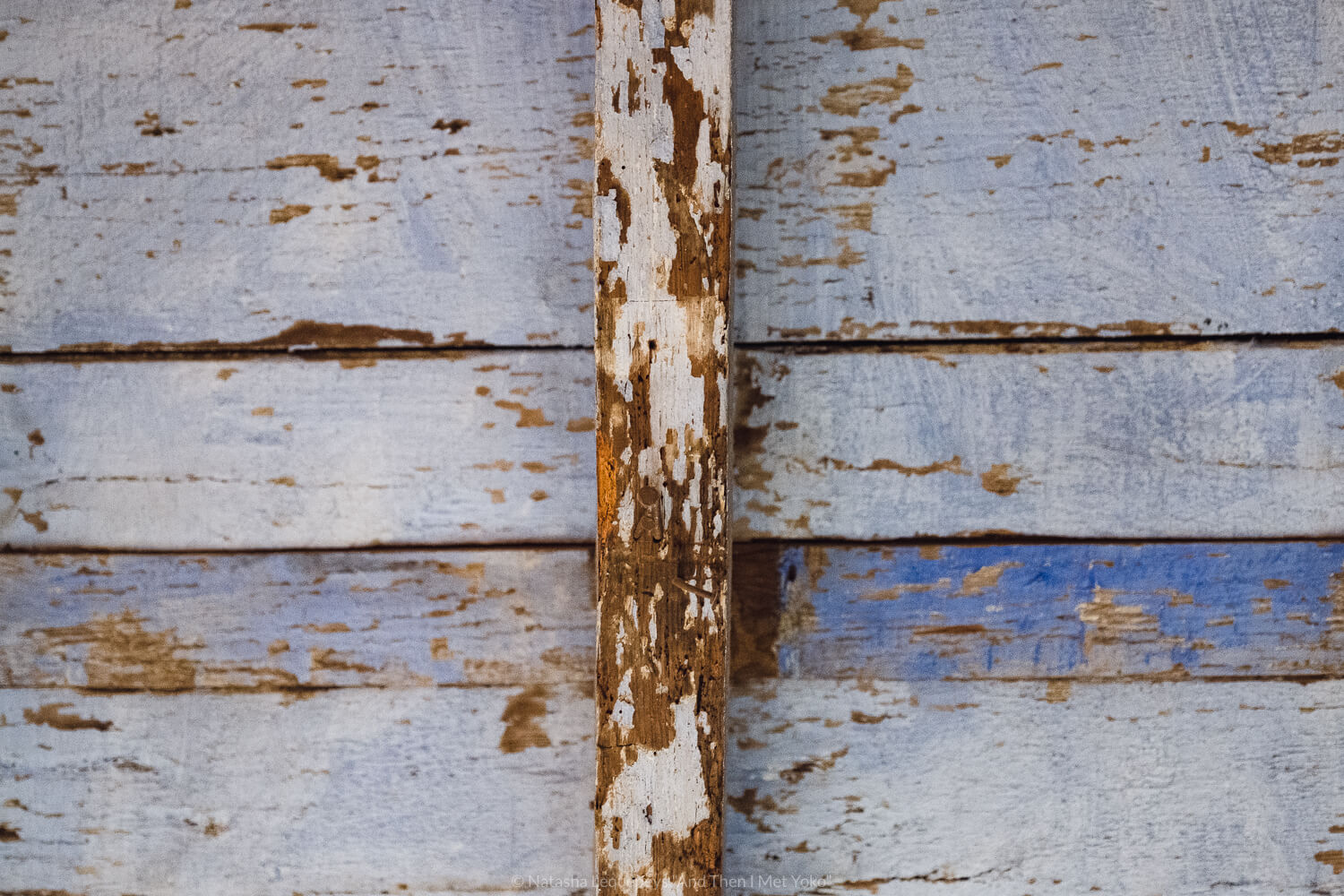
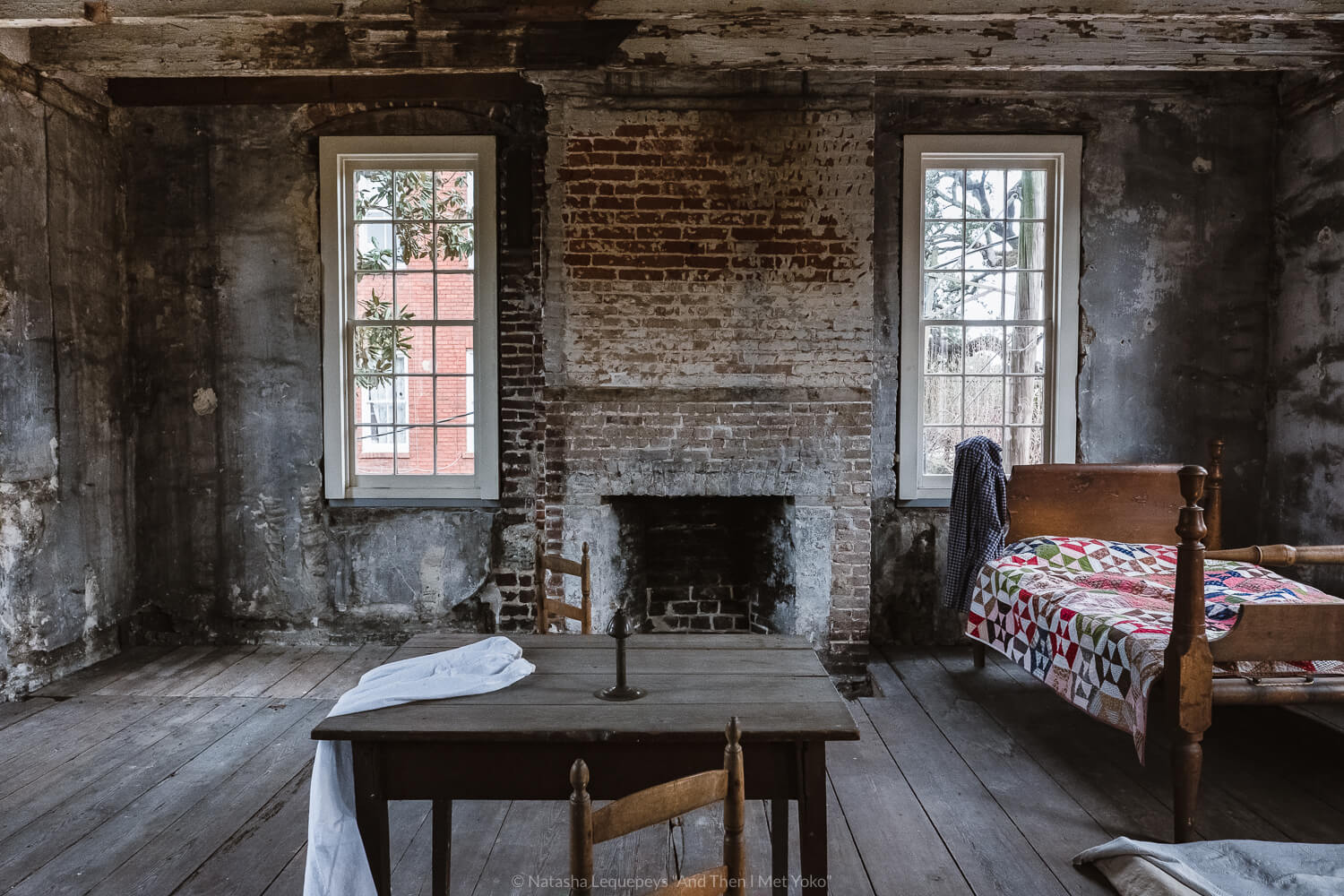




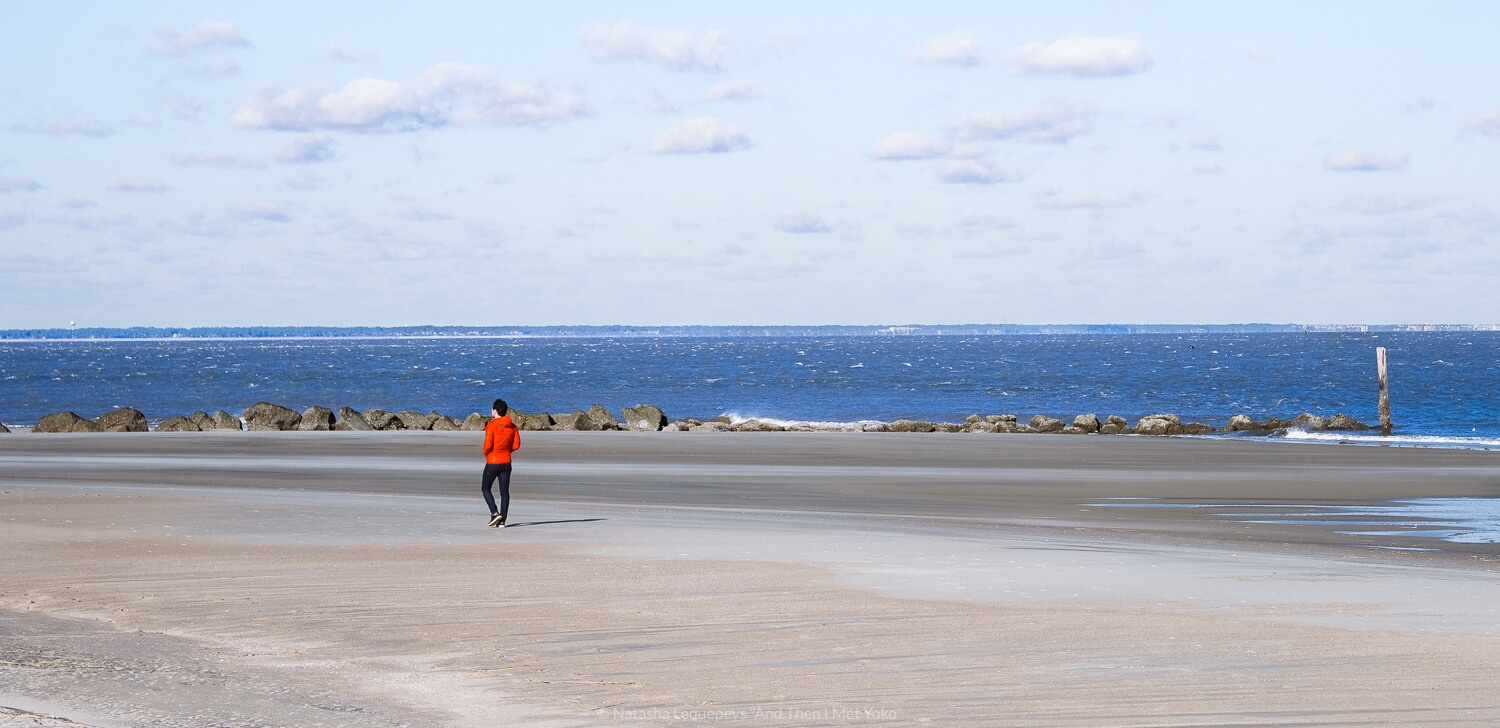
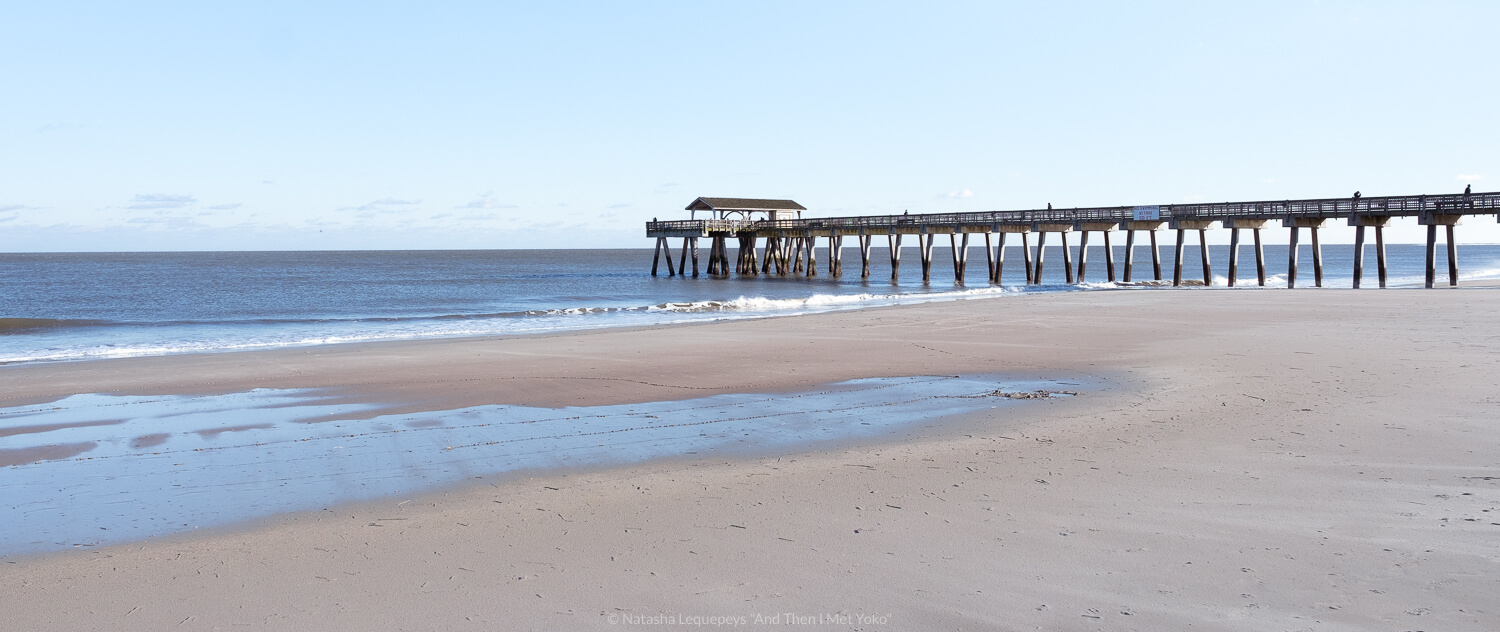



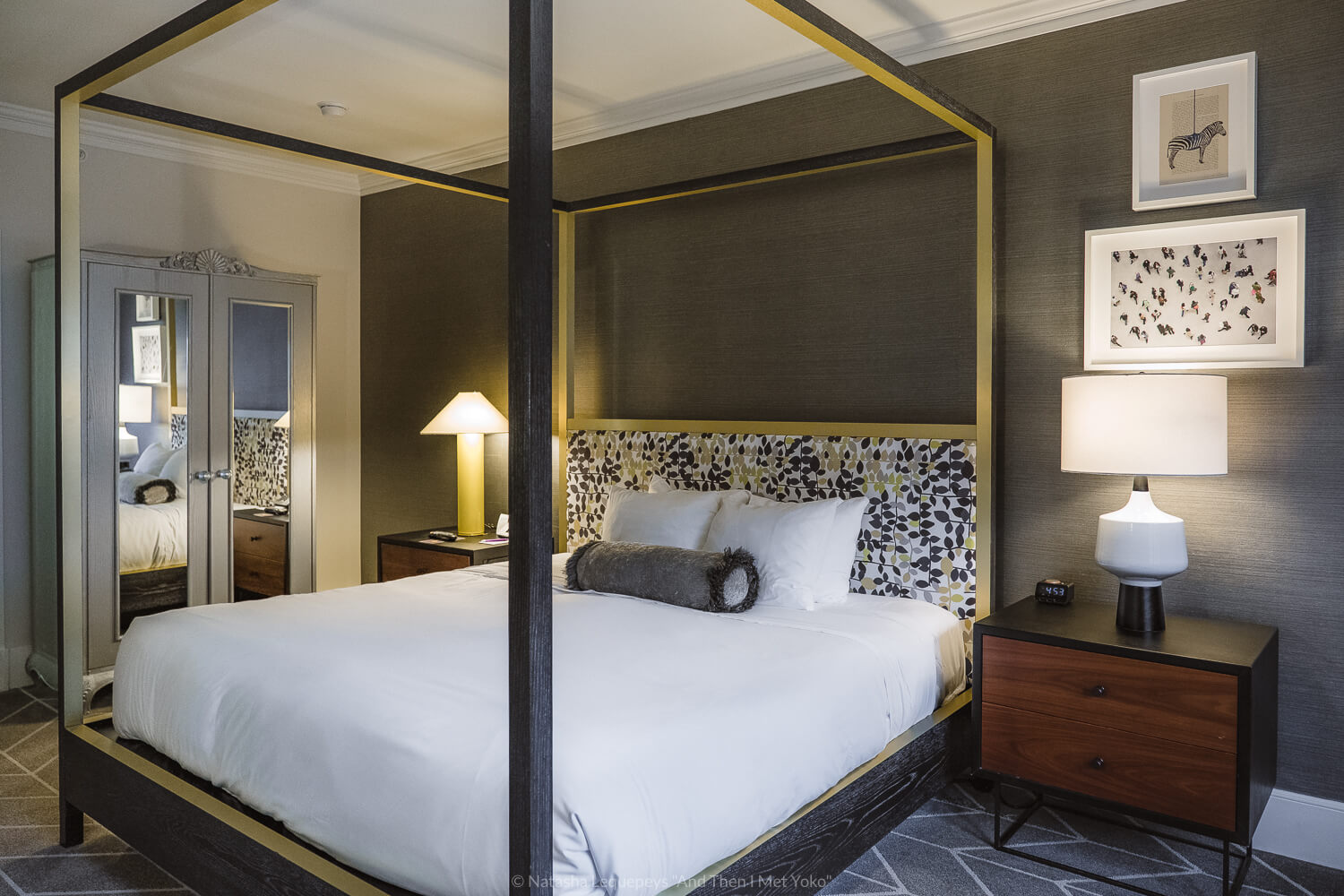








Support local businesses by checking out these 10 boutiques in Savannah, GA. My list covers everything from clothing to accessories, jewelry, home decor, vintage and knick knacks.